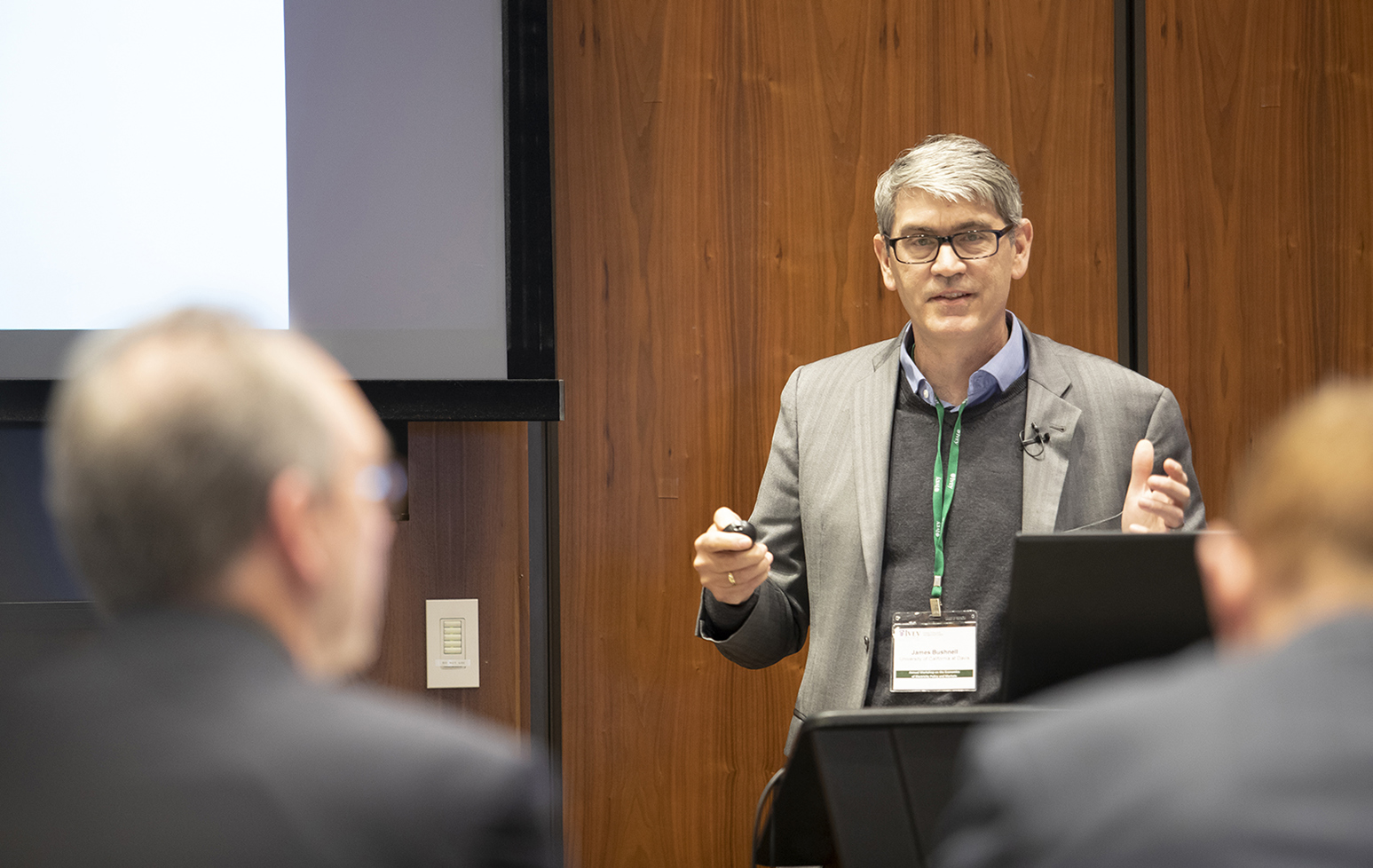Zsolt Vigh is an MBA Candidate 2019 and President of the MBA Energy Club. He provides his observations on some of the key messages of the Ivey Workshop on the Economics of Electricity Policy and Markets.
Participants from industry, government and academia explored the future of electricity markets and the challenges it faces at the second annual Workshop on the Economics of Electricity Policy and Markets, at the Ivey Tangerine Leadership Centre in Toronto.
The goal was to facilitate discussion around the major challenges faced by the power sector, regulators and government in the midst of the changing technological and policy landscape.
Here is a high-level look at some of the key discussions that took place at the day-long event:
Shocking the market:
- Adonis Yatchew, Professor of Economics at the University of Toronto, outlined the 3Ds (Decarbonization, Digitization, Decentralization) and their impact on the electricity industry today. Significant cost reductions in wind and solar PV, coupled with Decarbonization policies, have drastically lowered the "minimum efficient scale" needed in power generation to compete. Digitization has facilitated integration of renewable distributed energy resources (wind and solar). Decentralization has contributed to new technologies, but has also raised concerns around overall system reliability.
Charging the batteries:
- Are batteries really charged for takeoff? Professor Werner Antweiler, of the Sauder School of Business at the University of British Columbia, said, "at the moment, not really." Grid scale and cost-effective battery storage are seen as the key drivers in overcoming the problems of intermittency in renewable generation, along with the decarbonization of the transportation sector. But currently, capital costs for lithium ion batteries are twice as high as their estimated lifetime revenue. So how do we make batteries dirt cheap? Make them out of dirt!
Changing direction:
- Climate policy and electricity markets – where have we been and where do we need to go? Governments to date have largely relied on intervention and subsidies to drive the desired outcome. However, these policies have led to severe price distortions in the market place. According to David Luke Oates, Associate at the Brattle Group, a better approach would be to use the markets to achieve policy goals through the implementation of a carbon price.
- Lastly, Andrew Leach, Associate Professor at the Alberta School of Business, warned that policy makers should only commit to outcomes they can achieve, and to write policies and incentives that fit their region, and not that of Germany or California.



